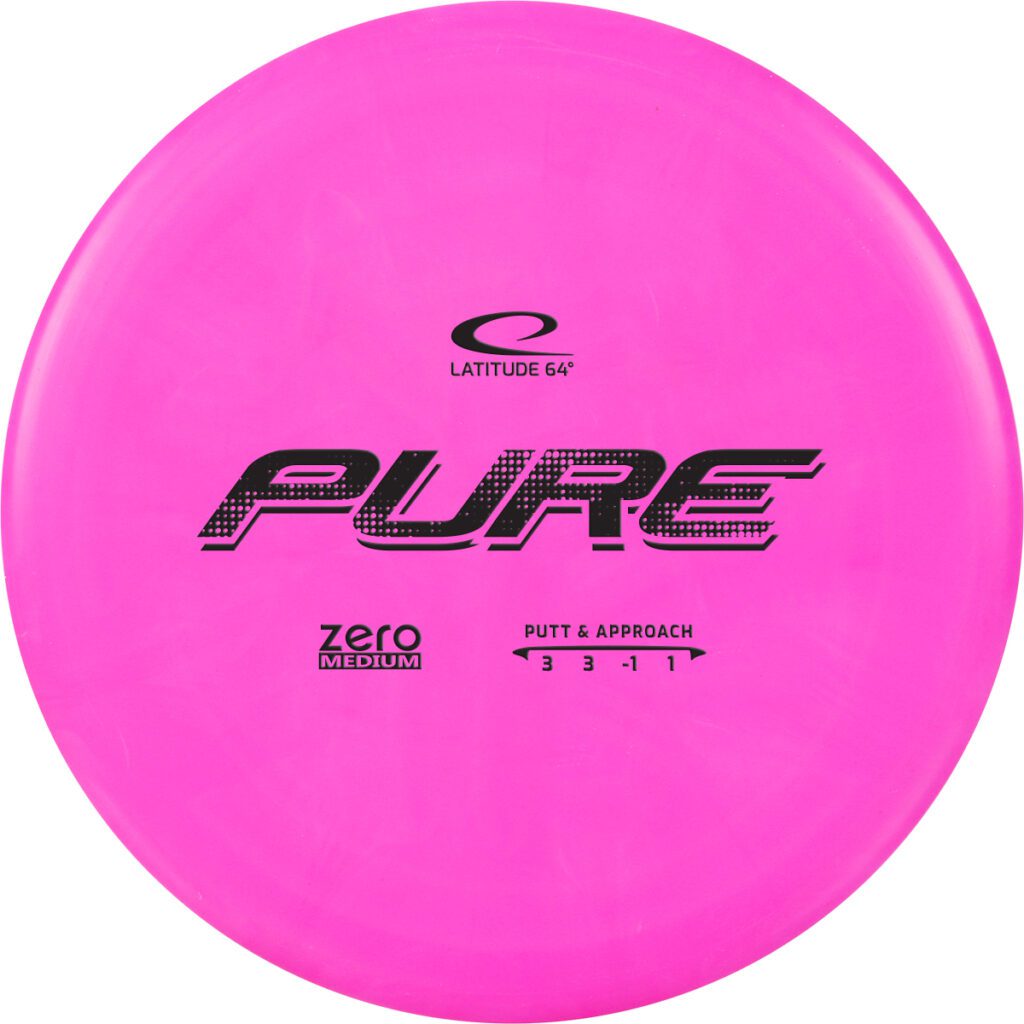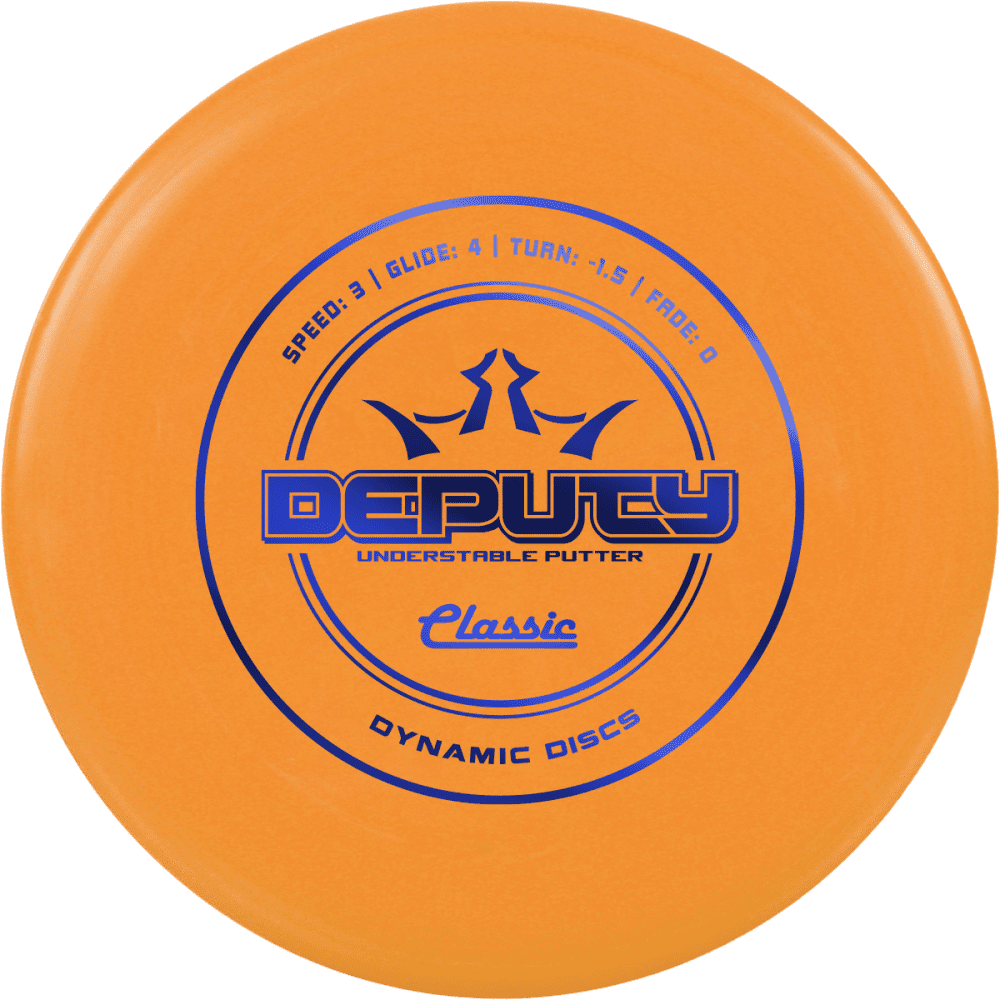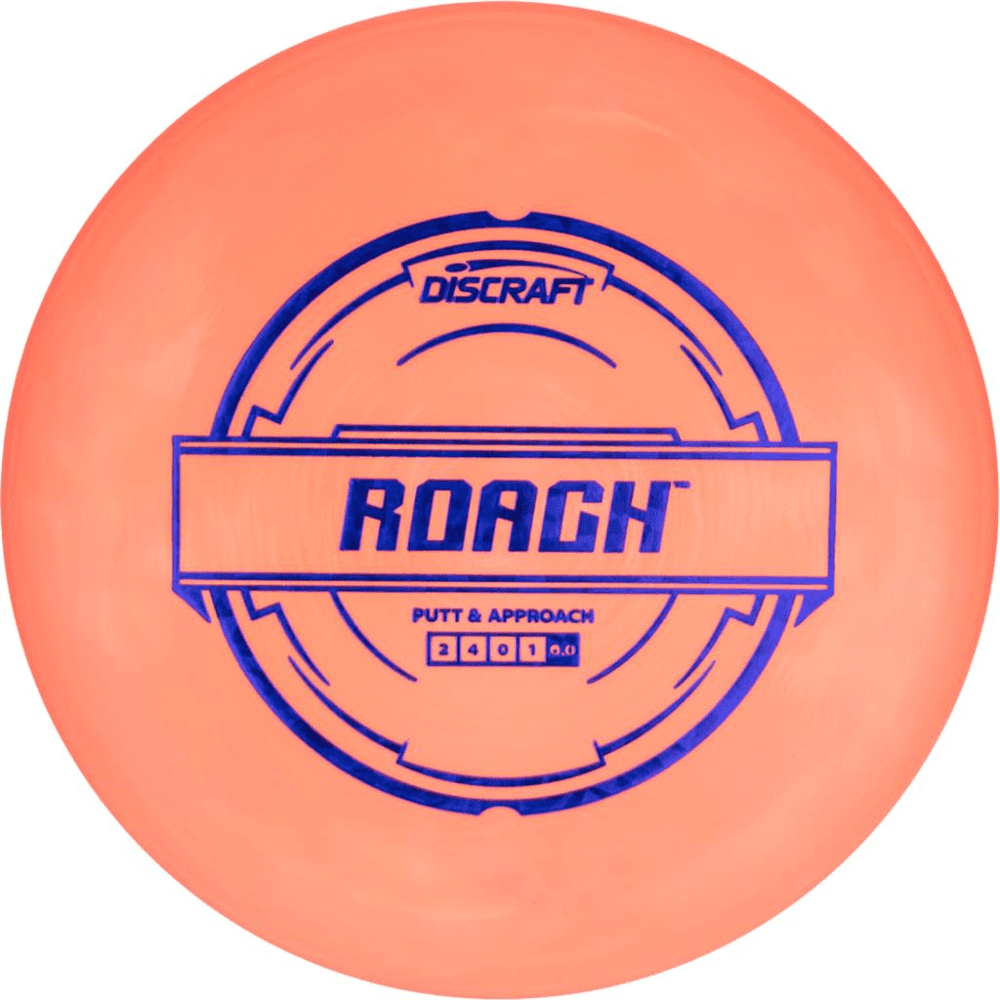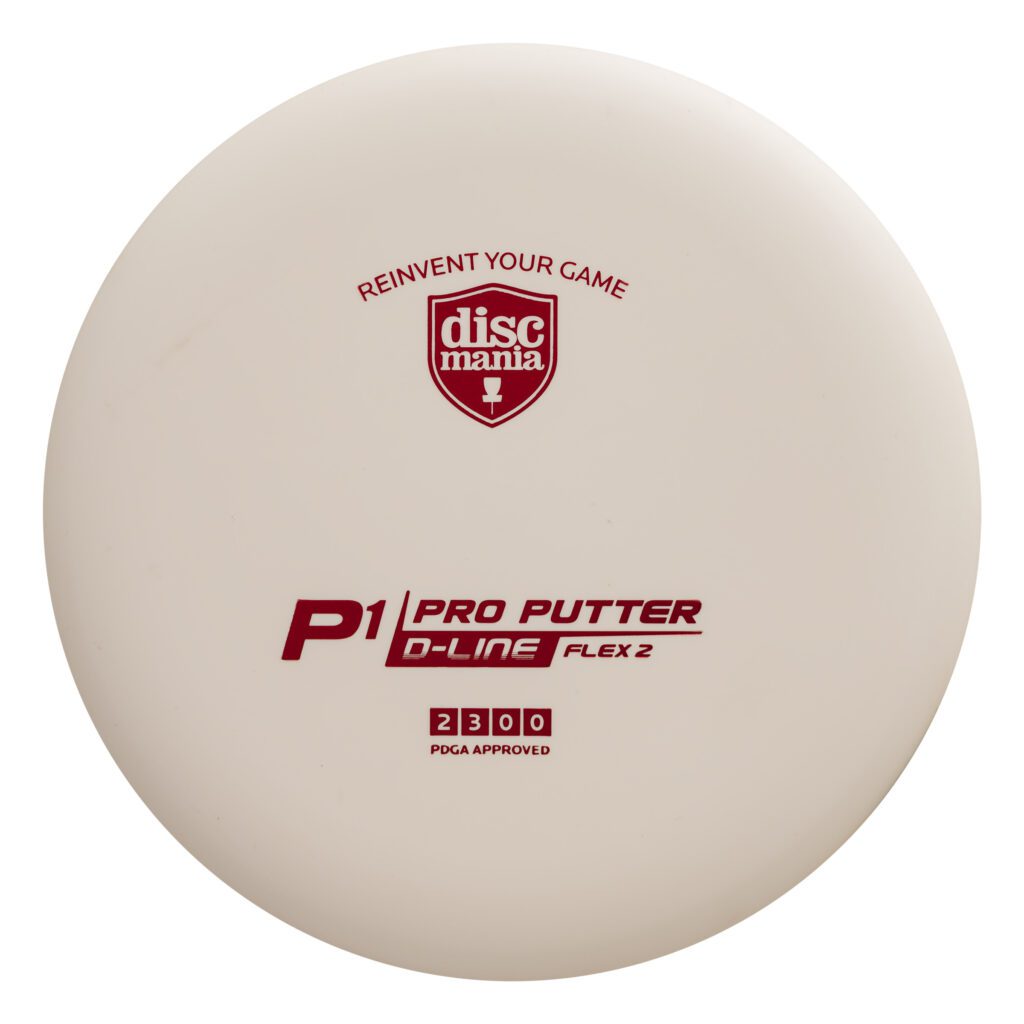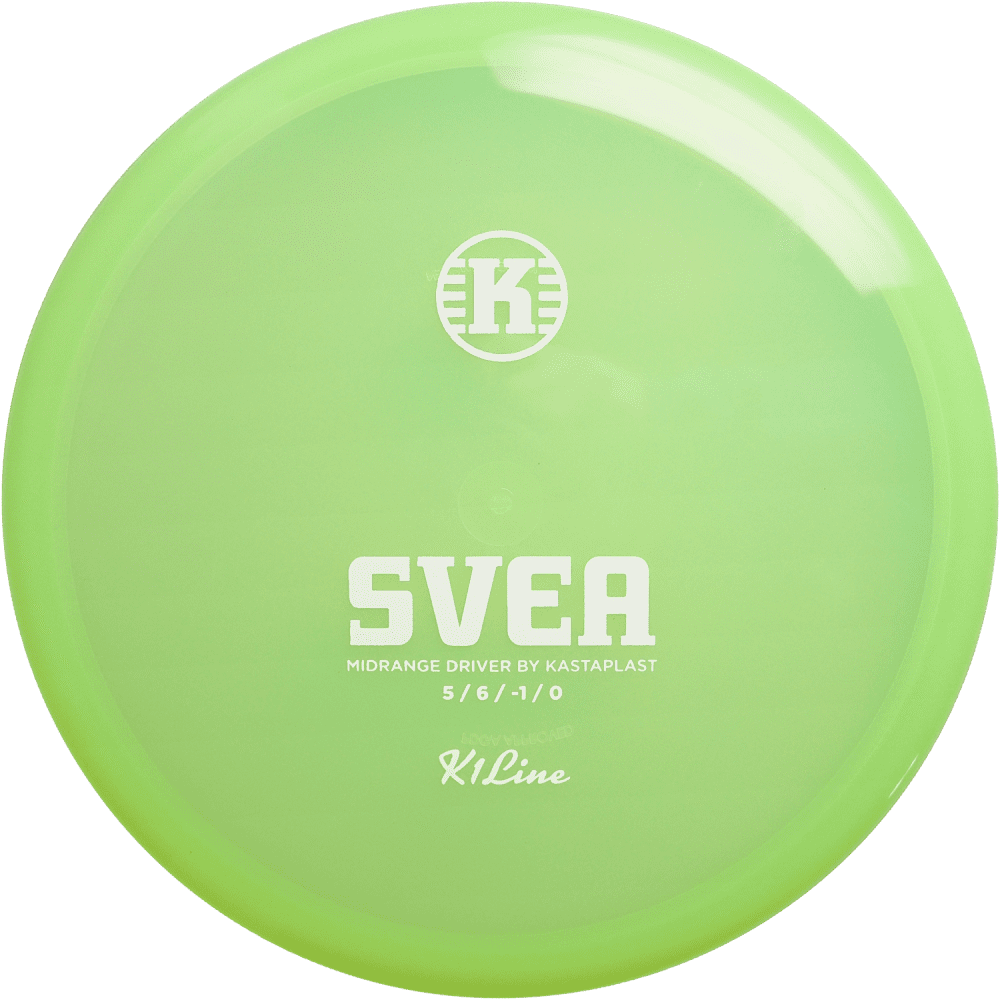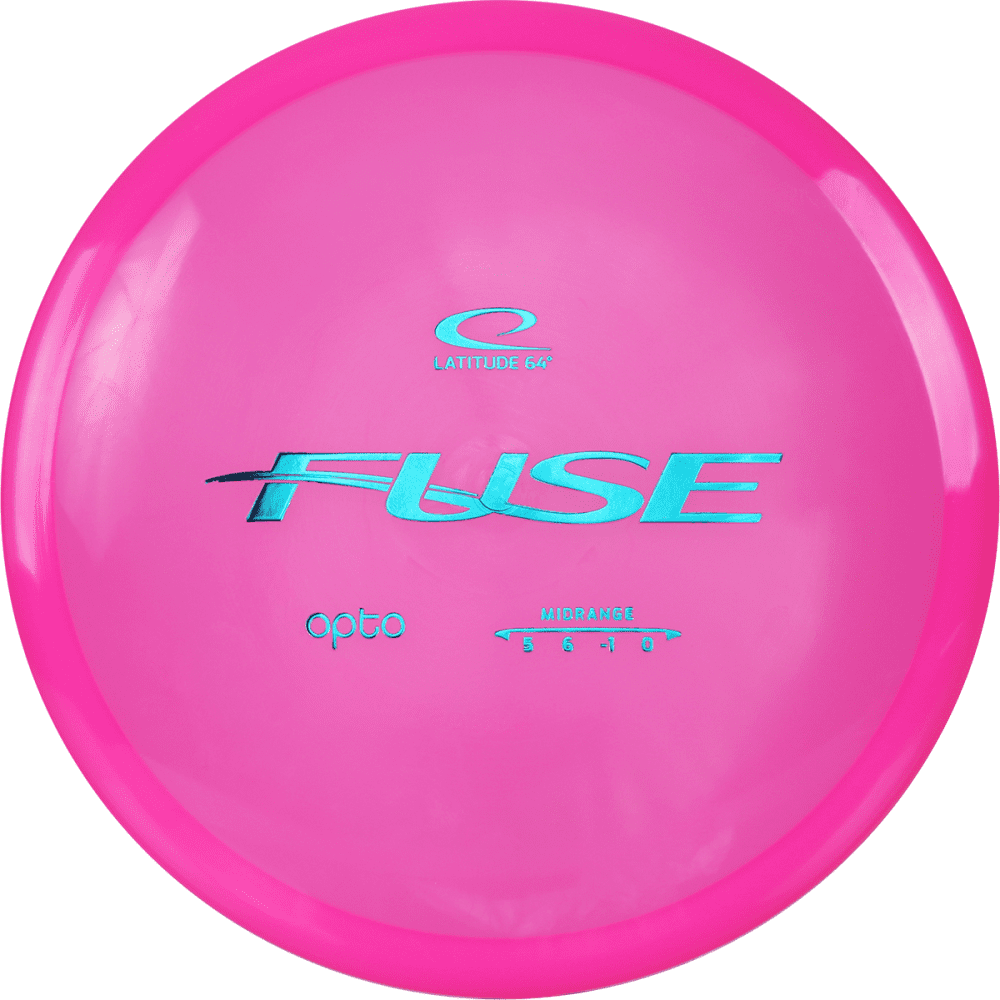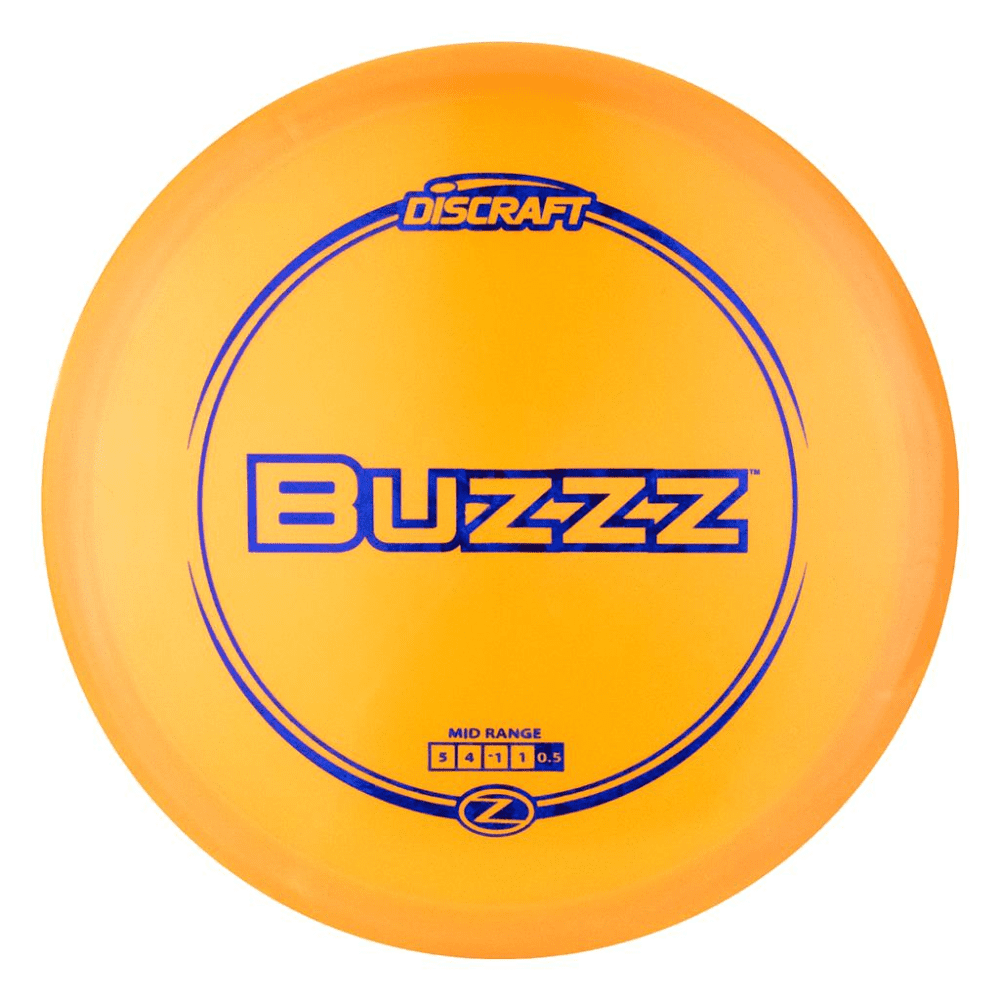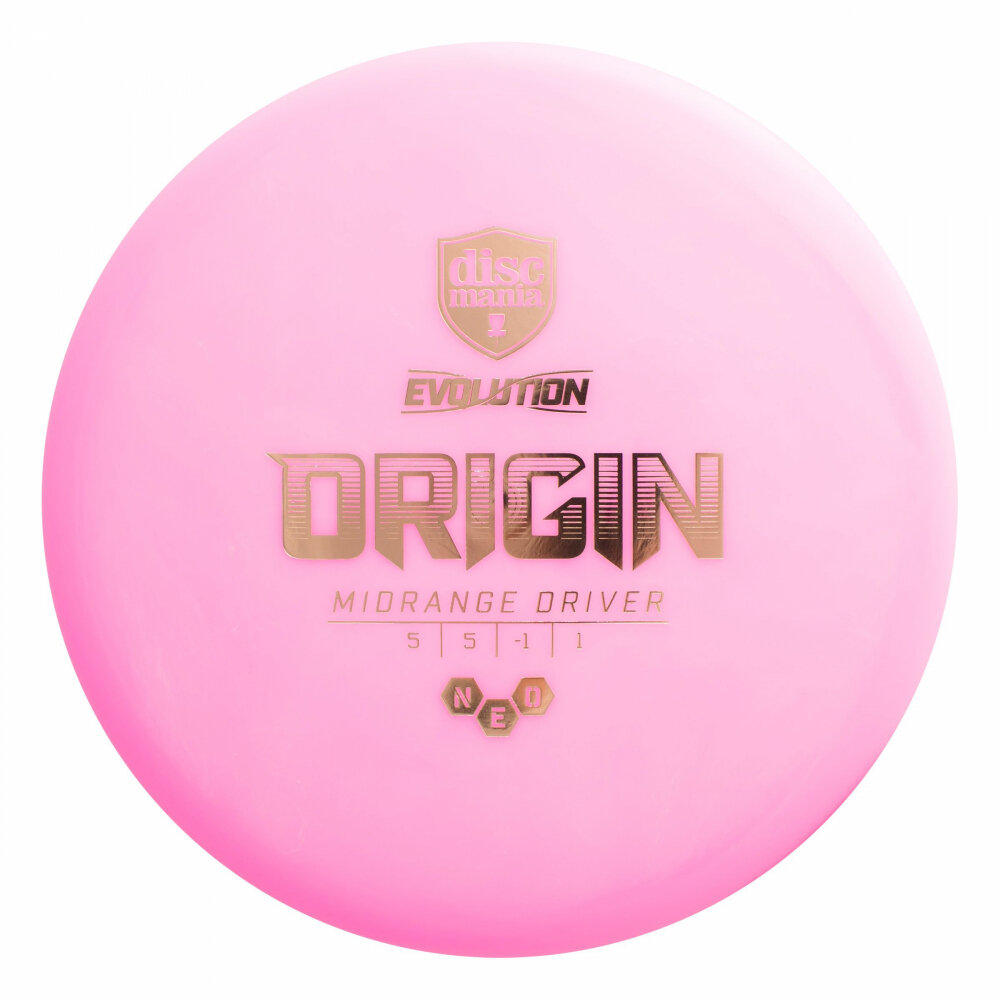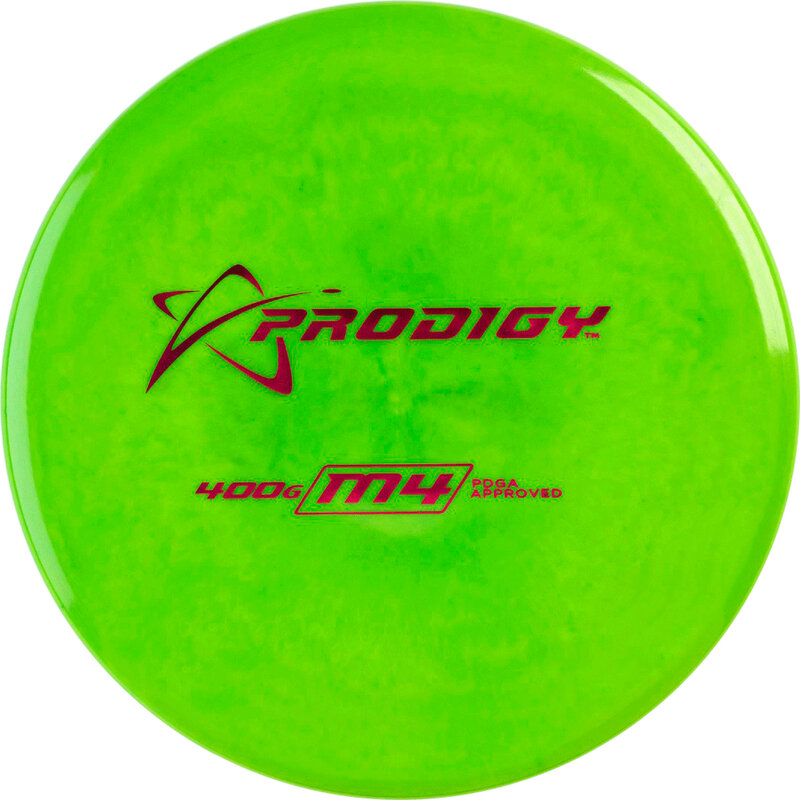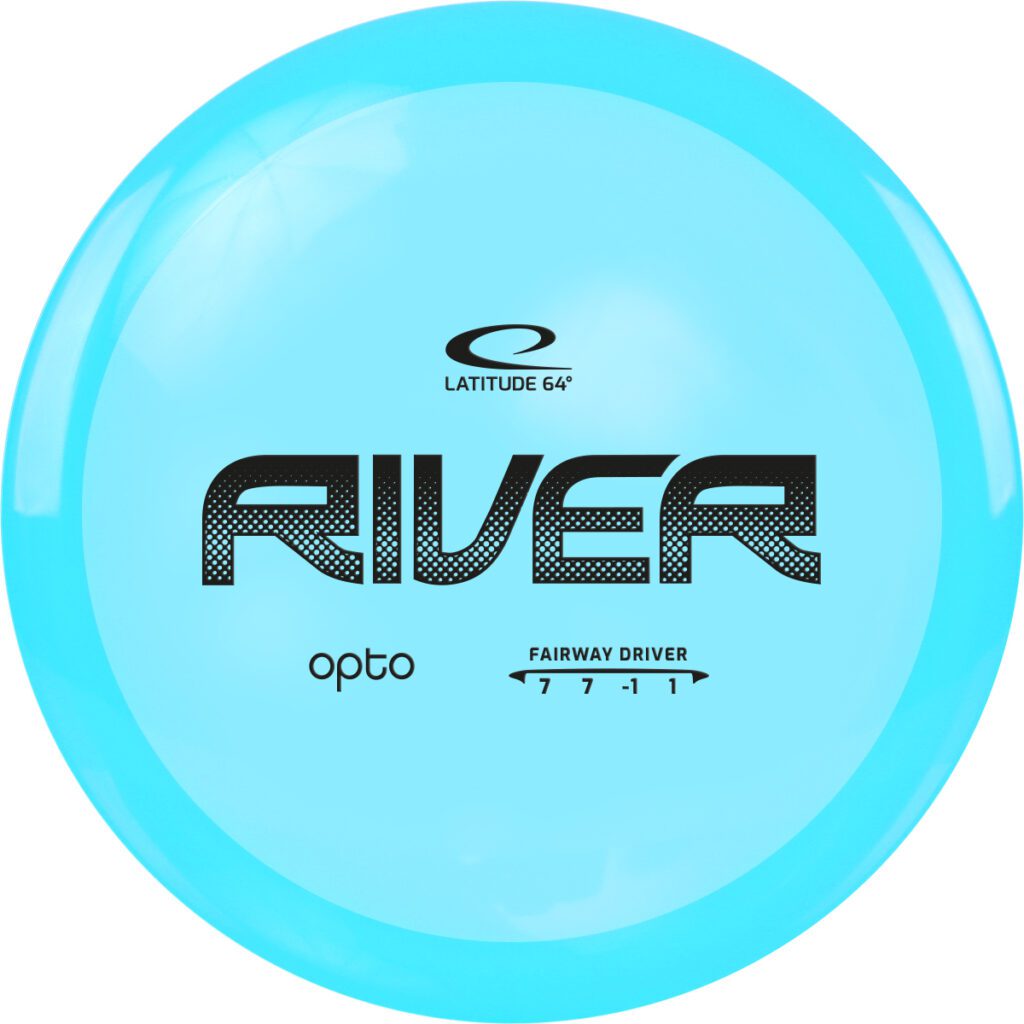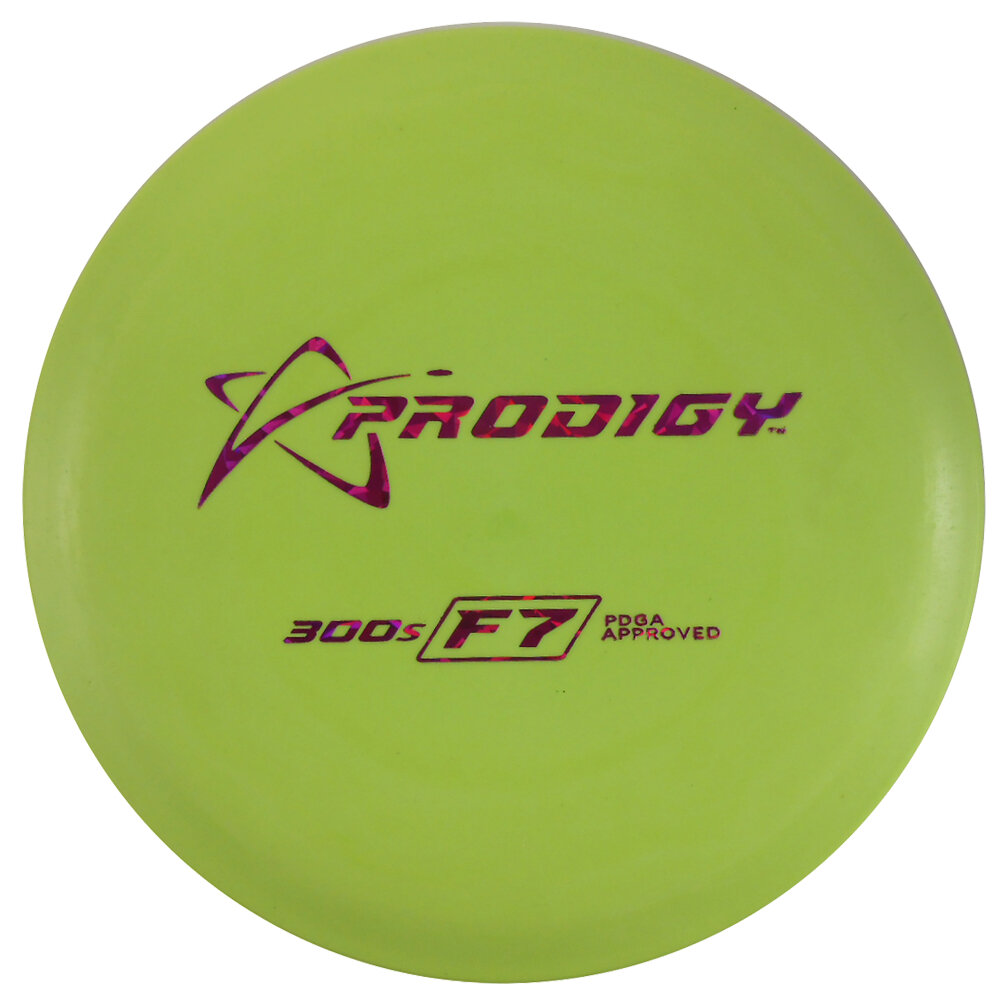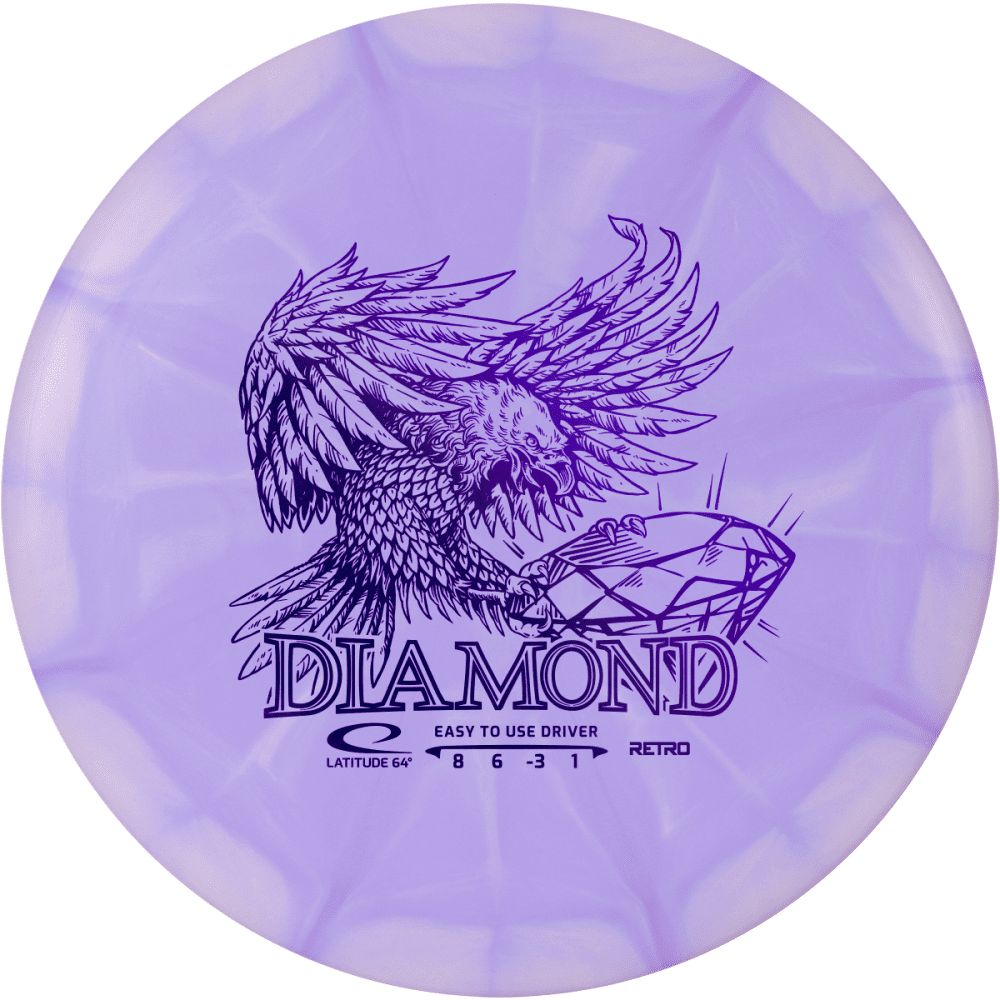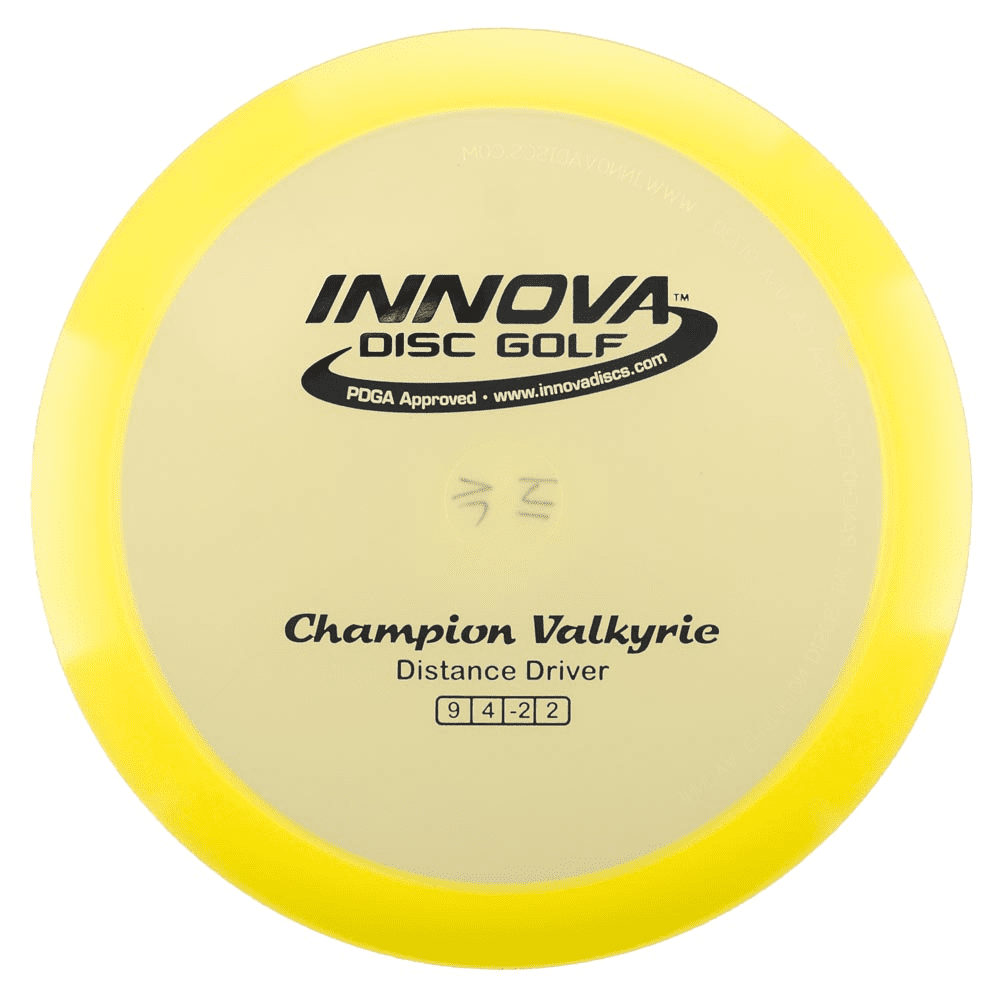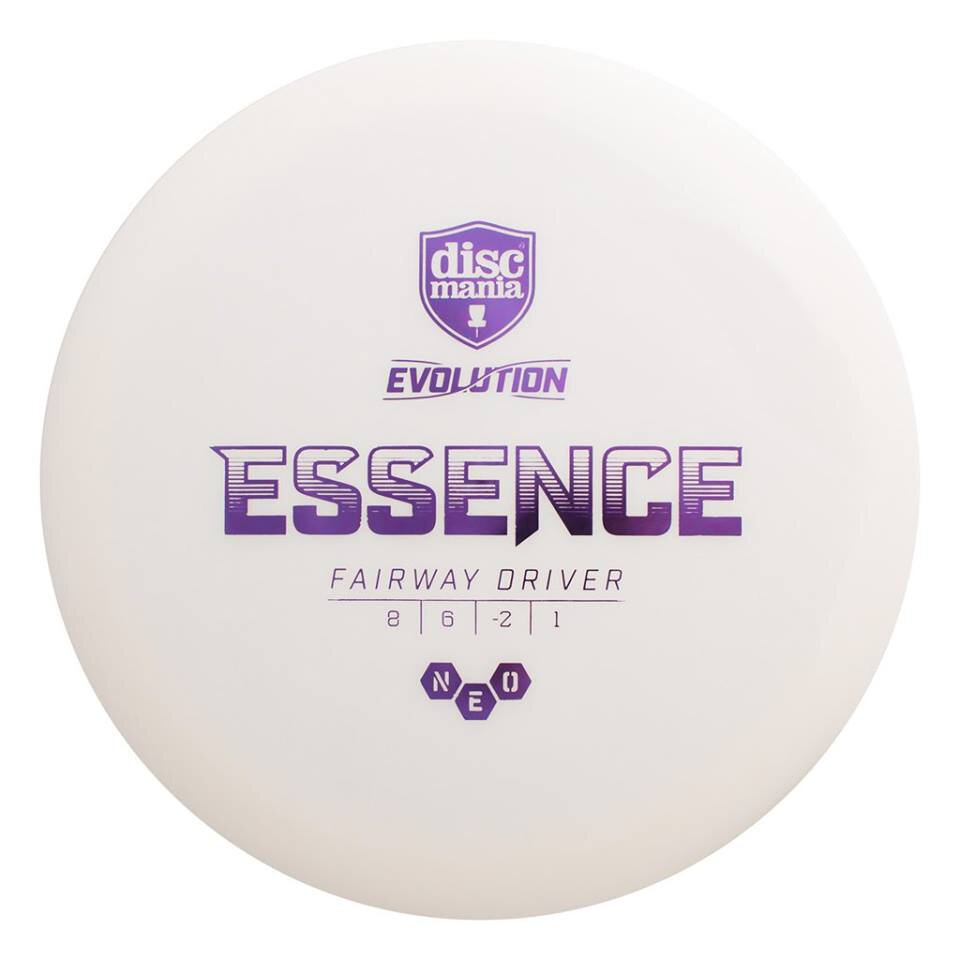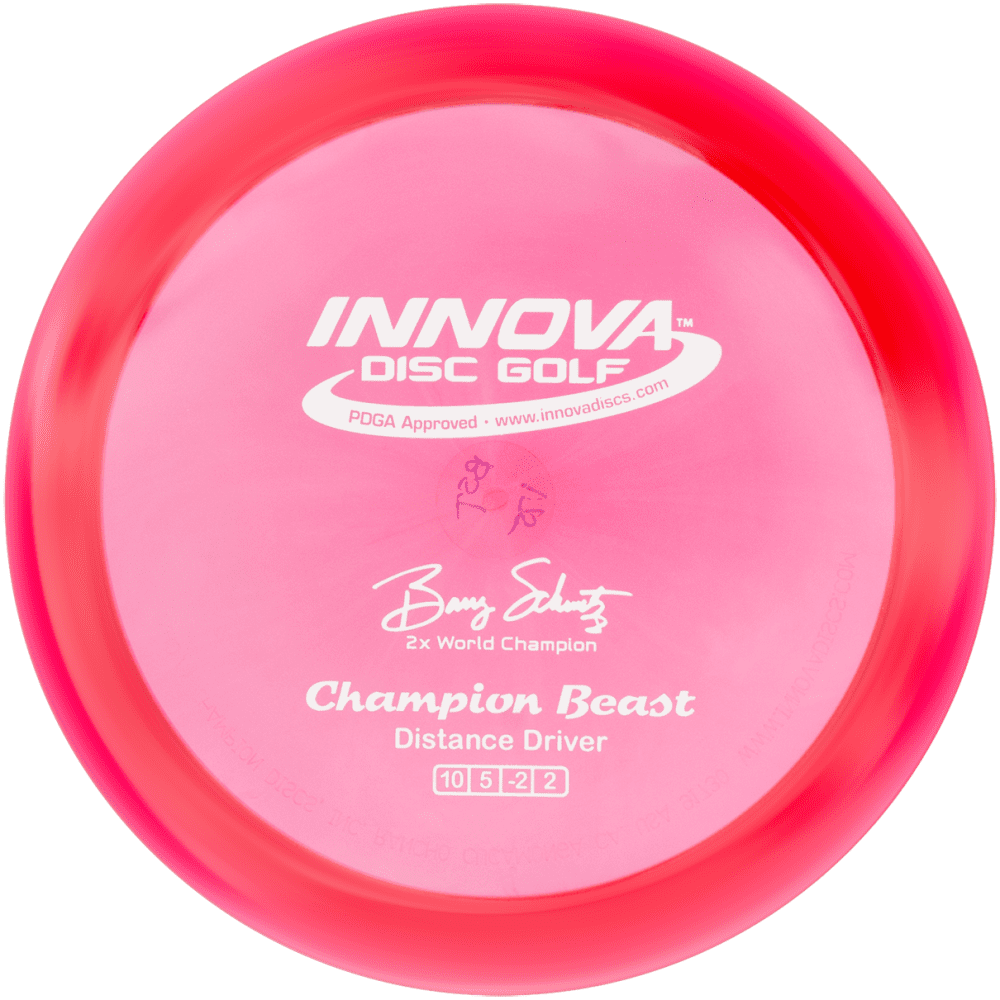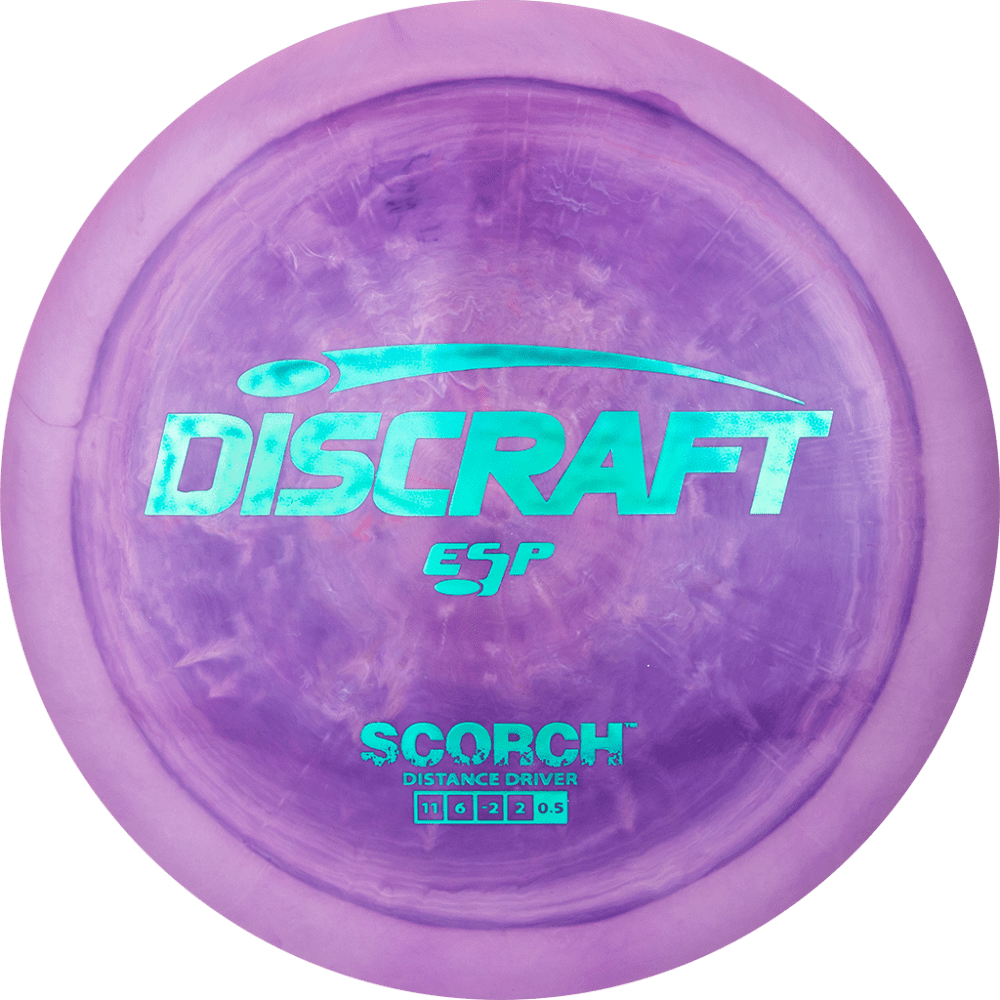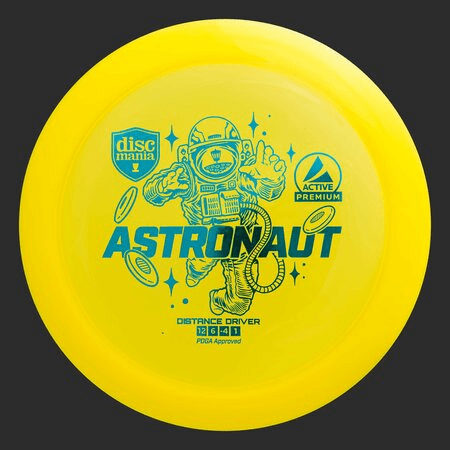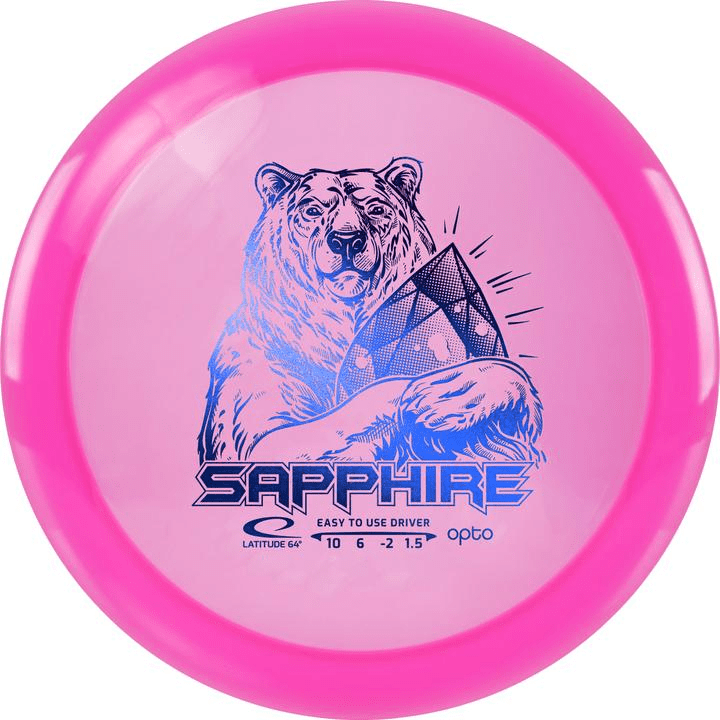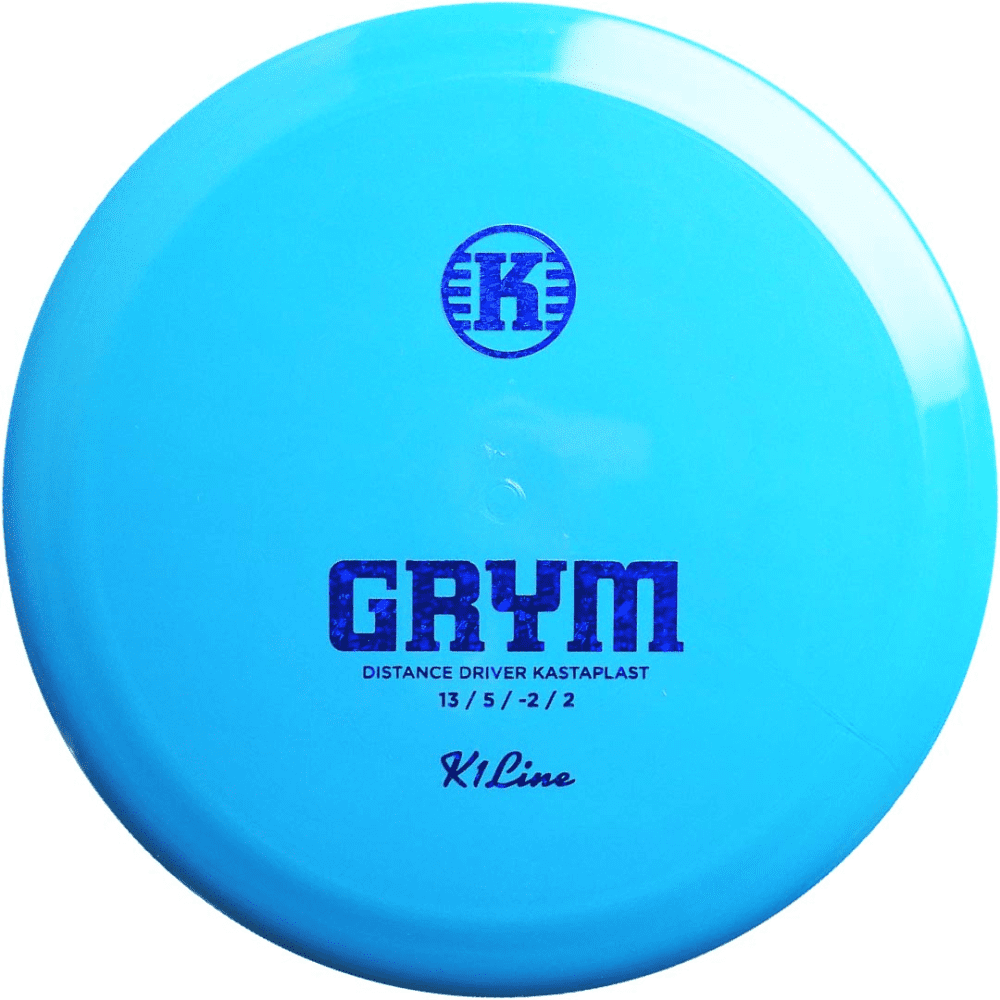How to choose your first discs
The large selection of discs can be overwhelming at first, so let’s go over some of the best options for you who is new to discgolf.
Starter sets
A starter set like the sets you can see here, is a good option for the beginner who wants to give discgolf a go, without breaking the bank.
They all come with 3 discs, a putter, midrange and fairway driver – everything you need to get started.
The upside to these sets is that they are made with the beginner in mind – you don’t have to think too much about it, just grab a pack and head to the course! Starter packs come in many different variations and you can find some of them right here.
Creating your own starter set
The other option is to browse through the selection and choose 2-5 discs yourself.
The advantage here is that you can choose discs that suit your level of play, with higher quality plastic that will serve as a solid foundation for your discgolf collection.
The only downside here is that the cost is a little higher and requires you to do a little more research – so to make it easier for you, we have put together a little guide here.
Putters
Which putter to choose can differ from person to person and the recommendation here is to visit one of our stores and try a couple to find out what works for you.
If that is not an option for you, we put together a list with some of our most popular putters – you won’t go wrong with any of these.
Midranges
In the beginning, a good midrange is often where you will have the most success.
We recommend you start out with a disc that has a neutral flight like one of the following.
Fairway Drivers
We all want to see the disc fly far and drivers can definitely do that, but they are also harder to throw correctly and therefore we recommend a slower driver to begin with.
Something around speed 7 or 8 is a good place to start.
Oftentimes the technique is not quite there in the beginning, so to compensate for that a more understable disc will often result in more distance.
A turn number around -2 or -3 seems to works well. We recommend one off the following.
Distance Drivers
Generally we don’t recommend distance drivers to beginners, it’s something for you to explore when you get a little more experience throwing your fairway drivers.
But if you are in the market for your first distance driver here is a few discs we would recommend going for.
What do the flight numbers mean?
There are 4 numbers on a disc describing 4 different aspects of the flight of the disc. These are: Speed Glide Turn Fade.
Please note that the numbers are all unique to the different companies, meaning that one company’s speed speed 13 might not be the same as another company’s.
Speed
The first number is speed and that indicates how fast or aerodynamic the disc is. It is also an indicator of how hard the disc needs to be thrown in order for the remaining flight numbers to act as written.
If a discs has a speed faster than what you are able to throw, it will act more overstable (fade more).
The numbers range from 1 to 14.
Glide
Describes the discs ability to stay afloat in the air.
High glide can result in more distance, but also make the disc more vulnerable in windy conditions, but as a beginner that trade off is oftentimes worth it.
The numbers range from 1 to 7.
Turn
Turn describes a disc’s resistance to turn over ( the disc moving from left to right with a right hand back hand throw).
The turn will usually kick in in the last 3rd of the flight followed by the fade.
The lower the number the more likely the disc is to turn over, discs with low numbers are generally called understable.
The numbers range from +2 to -5.
Fade
Fade kicks in at the end of a disc’s flight, when the rotation of the disc starts to slow down.
This will make a disc move from right to left (RHBH).
Disc with large amounts of fade and high turn resistance will oftentimes have a more overstable flight.
The numbers range from 0 to 6.
Disc Golf Stability
Disc golf has a wide variety of discs with varying speeds and stability levels. A disc can be overstable,
neutral, or understable. Below you can learn about the different stabilities and find guidance on choosing
the right disc for your bag.
Overstable
When a disc is overstable, it means that it has a lot of fade and will turn heavily to the left (RHBH) when
thrown. This can be seen in the last number on the flight numbers that come with the disc, where a
typical overstable disc will have a fade number of 3 or higher. Overstable discs are good for throwing in
windy conditions and can be used for long distance throws with a turnover shot.
Example of overstabel discs:
Force, Rive, Deflector, Splice, Zone
Neutral
A neutral disc is a type of flying disc that is designed to fly straight. This makes it a good choice for
throwing through gaps on a disc golf course. Like most discs, it may have slight fade at the end of it’s
flight, but it will generally flip up and fly straight.
Example of neutral discs:
Undertaker, FD, Buzzz, Origin, Crave
Understable
An understable disc is the opposite of an overstable disc. A typical understable disc will have a flight
number with a -2 or -3 as the third number. This type of disc is often used by beginner players because it
requires less power and accuracy to throw. When thrown correctly, an understable disc will turn to the
right and then fade (RHBH) at the end of its flight
Example of understable discs:
Hades, Essence, D Model US, Sol
Rules & Guidelines
Basic rules
- Start with your first throw from the teepad, and step aside, let the rest of the card/group make their throw.
- Go to the nearest disc of the group, and let the person who threw it, carry out their next throw, continue that procedure, until everyone is near the basket, remeber to count your own throws
- When everyone is near the basket, let the person farthest from the basket, attempt their put at the basket, when everyones disc is in the basket, the hole is finished
- Go to the next holes teepad, and register the number of throws, for everyone on the card/group
- Play the next hole, the same way as described in the first four steps
- The person on the card/group, with the fewest throws in total wins the round
Guidelines
- Never throw a disc when people or animals are in your way of getting hit
- Always do a quick warmup, before you start a round
- Let faster groups pass you by
- Never throw trash on a discgolf course, bag it out bag it home
- Always remember to have fun

